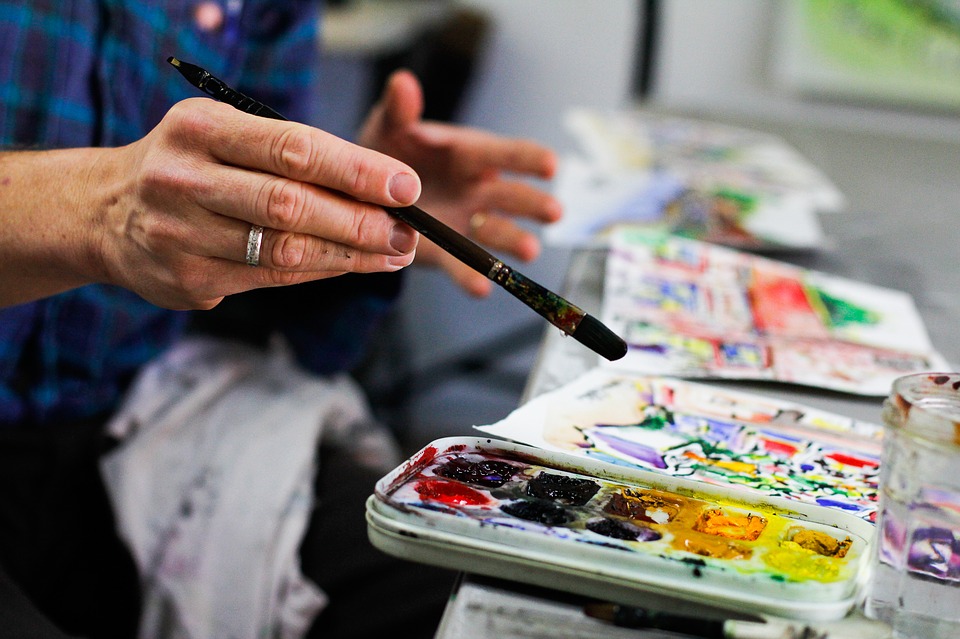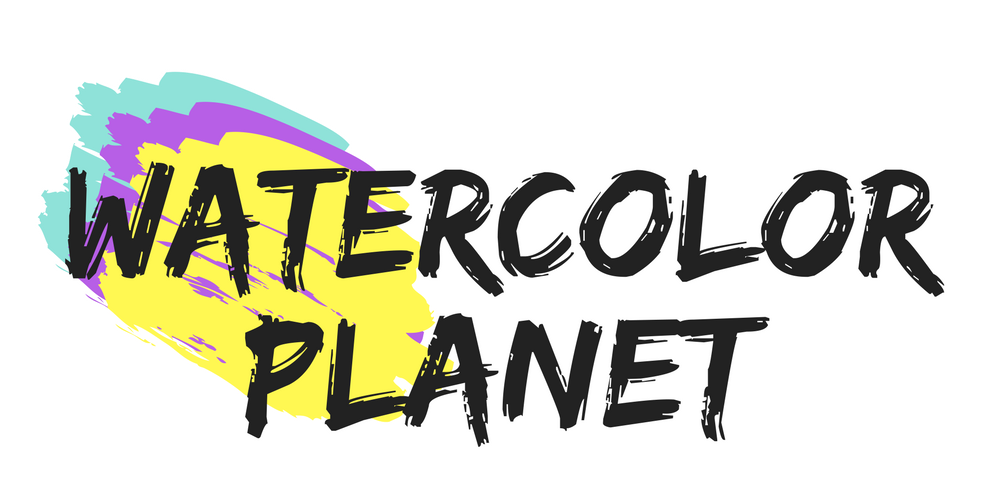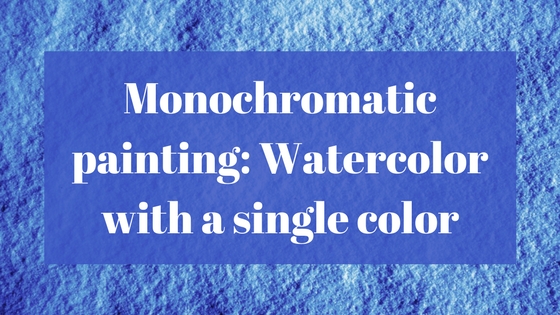Monochromatic painting is a very interesting technique. It is also beneficial since it will help you to develop your understanding of values and the subtle variations of a single color. If you know the different variations of color tones, you can create whatever thing you can imagine. You can create interest in the painting by adding contrasts with dark, light and mid tones.
Monochromatic painting is a technique that uses only one color to create a painting. In this technique, the uses of tones and figures produce the effect of the painting.
Previous considerations on monochromatic watercolor painting
As we’ve seen before, we can create variations in the tonal values simply by adding water. Or you can also add color to darken like a grey color. But you can simply create dark values by simply adding a little water. It’s a really exciting exercise to play around with a single color.
You might probably have some colors out there that you do not use very often. Or without realizing you got a set of colors that includes a black or any other dark colors that you didn’t intend to use. Playing with a single color is a really useful way to take advantage of them.
Color scheme
You can use any color hue of the color wheel and play around with its different schemes. The color you choose as the base of your artwork depends on the mood and feelings you want to convey. A warm color might produce and invite feeling, while a cool color has a sense of distance.
What color can I start with?
You can start with whatever color you want. But just as a suggestion, you can start with a color like indigo, burnt umber, or gray. These colors are suitable to experiment with values and create different effects, such as light, shades, and shadows. You can apply the principles of light and shadows reduced to a single color hue.
What themes and subjects can I paint with a monochromatic approach?
Clear and cloudy skies
Painting skies is a great way to experiment with monochromatic painting. A clear sky will allow you to practice soft gradations. You can do it with both: blue or indigo color. But you can also experiment with warm colors such as orange to convey the idea of sunrise or sunset.
You can also paint cloudy or stormy skies. Since they have a lot of shades, it’s a great way to practice with the different values by creating contrasts and subtle transitions from light to darker areas.
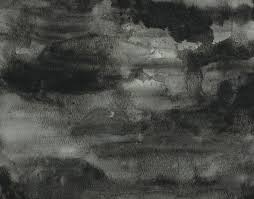
Landscapes
Even though we tend to think of landscapes as a colorful theme, it is still possible to appreciate the beauty, expression, and mood of a landscape by using a single color. It is possible to achieve dramatic paintings by accenting light and shadows because of the contrast it creates. So this is something you might apply when painting your monochromatic landscapes.
A color like a burnt umber can help you create the mood of a sunset in the desert, defining with darker strokes the bushes and succulent plants. You can also use a dark value to paint the silhouette of the flying seagulls. With a dark green color the still visible vegetation at night.
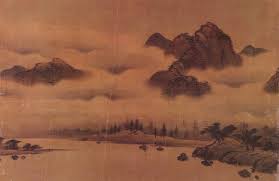
The fog and the mist
A single cool color can help you convey the idea of the atmospheric lighting of phenomena such as fog and mist. Because of the visual effect these phenomena produce, the values will tend to be close. But it can add interest when with a darker value of the same color you can elucidate the objects in the middle of the fog —trees in a forest, or automobiles in the city, as well as the mountains in the middle of the mist.
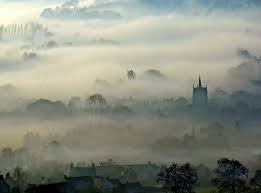
Shadows
You can also take advantage of really dark themes, since the predominant shadows will allow you to use the same color generally, without defining so many details and adding mystery to the theme. It can be threes in the night or subjects in the lonely street. Or the strong shadows and faint lights that define the architecture of a building.
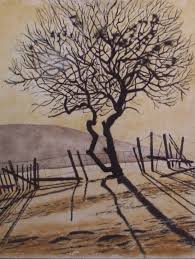
Portraits, warm and cool expressions
Portraits are a really great theme for monochromatic watercolor paintings. If you are looking to get started with portraits, then painting with a single color can help you develop the necessary skills and add more colors later. Or you simply want to look for a new way of approaching portrait paintings.
You can add a specific mood to portraits depending on the color you use. You might want to use a warm color to convey the moment of a child smile and the magical light of the sunset behind. On the other hand, you might want to convey the cool looking of a face in the winter by using a cool color, it might be a blue or indigo color.
You can find a lot of examples of monochromatic watercolor portraits on Pinterest
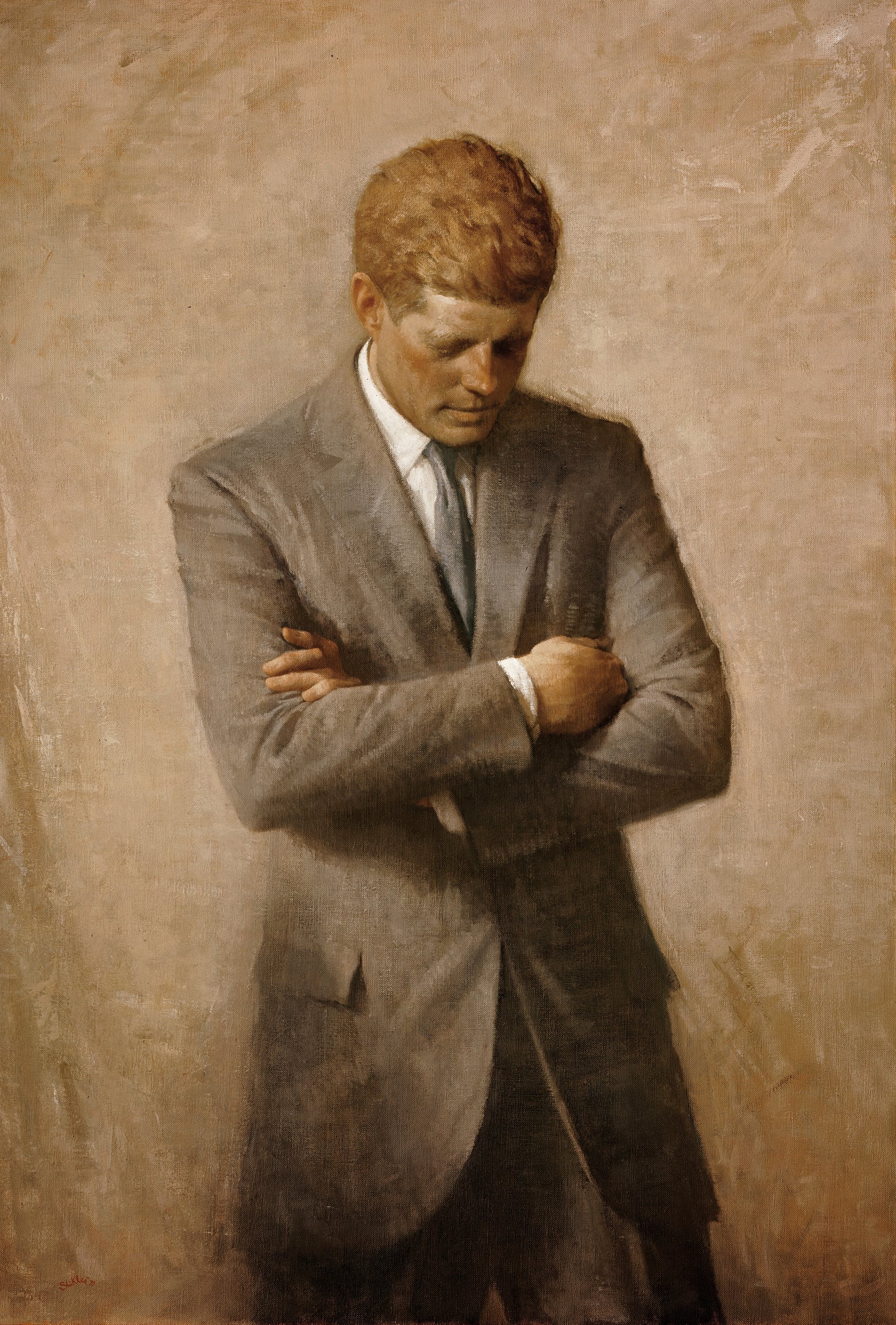
Patterns
When it comes to experimenting with patterns, monochromatic painting is a really great way to get interesting results. You can design different kinds of patterns based on lines, regular or irregular shapes. You can also experiment with techniques we’ve talked about before such as salt and alcohol to create interesting textures with a single color. Create clouds as textures with the tissue technique. You can also use the splattering technique to create the illusion of water spray.

Flowers and plants
Flowers are also convenient to paint with a single color since they have a dominant color. For example, you can paint a rose by using the different varied values of the color pink. In order to get a great result create contrasts with shadows and lights adding a more dramatic effect. The same when it comes to other green plants, the different values and contrasts can give realism to your paintings
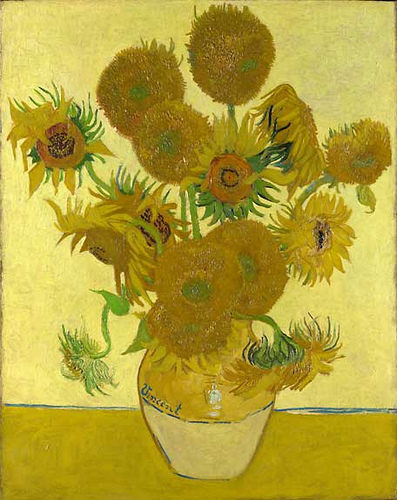
The moon, a great source of inspiration
The moon has been a source of inspiration and fascination for many artists. Because of its color, the moon can be painted with a single color, like indigo. The different values, contrasts, large clear areas and small details create the illusion of a rocky surface. You can also paint the moon in its different phases. The moonlight reflecting on the water of the sea. But you can also paint the orange moon when it’s rising at night.

Monochromatic painting with Chinese ink
We cannot fail to mention Chinese ink as a medium for monochromatic painting. Chinese painting is characterized by monochromatic artworks, but we find many colorful paintings with this medium as well. For our purpose, let’s talk about the monochromatic approach.
Chinese ink can also be considered watercolor. In fact, it is one of the ancient techniques that gave place to the development of watercolor as we know it today.
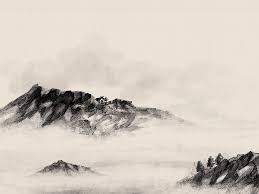
About supplies
You can either use the original Chinese ink and paint brushes or try to mimic the technique by using watercolor paintings and a small brush or a script. If you decide to try out Chinese painting, this medium also has its own supplies. Chinese ink, which comes either in a liquid form or as pastel —a solid form. Different types of brushes and paper, absorbent and non-absorbent. A smooth watercolor paper should also work fine. The paper is not stretched as with watercolor techniques, you simply fix the corners with weight objects so that it doesn’t move around.
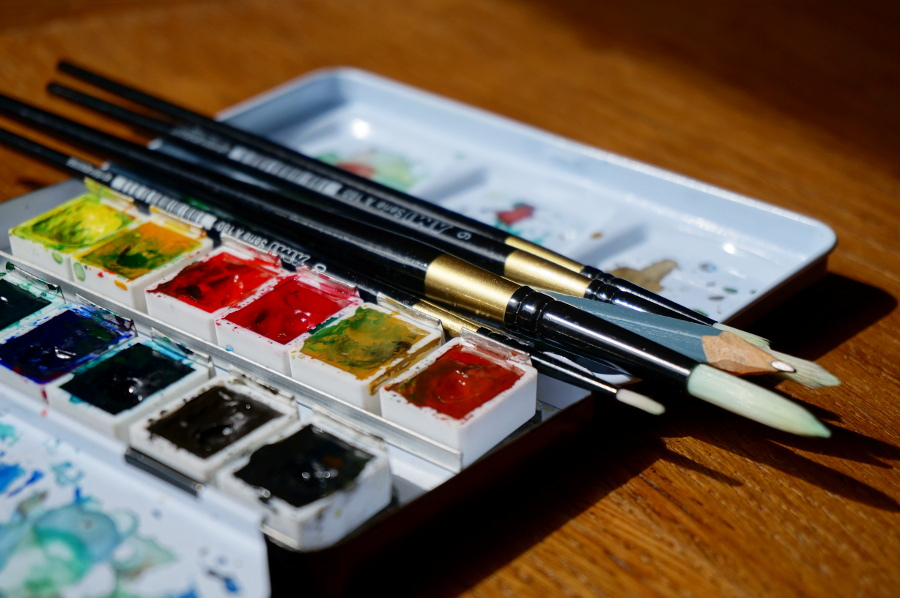
Techniques
Like in watercolor, Chinese ink is ground or diluted with water. The consistency and darkness also depend on the amount of water. This technique is characterized by bold strokes.
You must practice in order to find the proper speed of painting. If you go slow the ink tends to stray, if you go so fast, then you are likely to make many mistakes. But with practice, you’ll discover the speed that allows you to apply consistent and uniform strokes.
You can vary the width of the strokes by changing the inclination of the brush. The more inclined the brush, the stroke tends to be thicker. The more vertical, the thinner the stroke because you use the tip of the brush.
Chinese painting also varies in style, there two main forms of art expression with ink: freestyle, that literally means writing ideas and a more meticulous style that is more detailed and realistic. There are five main themes that can be painted with this medium: landscapes, figure —mainly people, animals including insects, flowers and a combination of flowers and birds.

Let’s practice
Paint a simple subject, such as an orchid. Play around with the values, shades, thin and thick strokes to create realism to the flower shape. Begin by loading the brush with dark ink. Then paint the leaves with strokes from the base to the tip. Make sure that as you ascend you also gradually lift the brush so that you can create a pointed shape at the end of the stroke. But in order to create a more dynamic shape, you must vary the inclination of the brush to create thin and thicker areas of the leaves.
Hope this overview of monochromatic watercolor painting might give you some ideas so you can discover the different possibilities you can achieve with this approach. Go ahead and let your creativity guide you.
